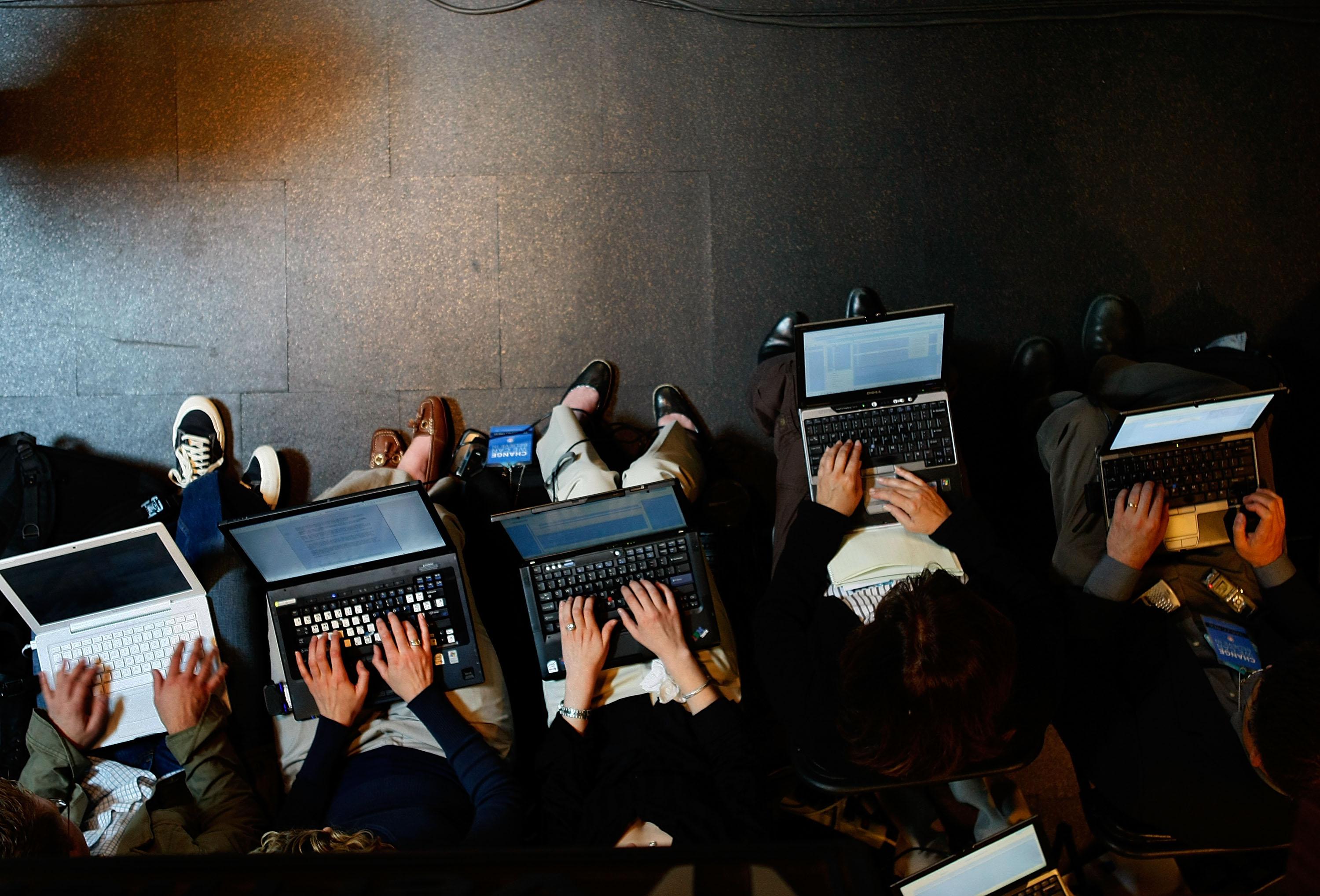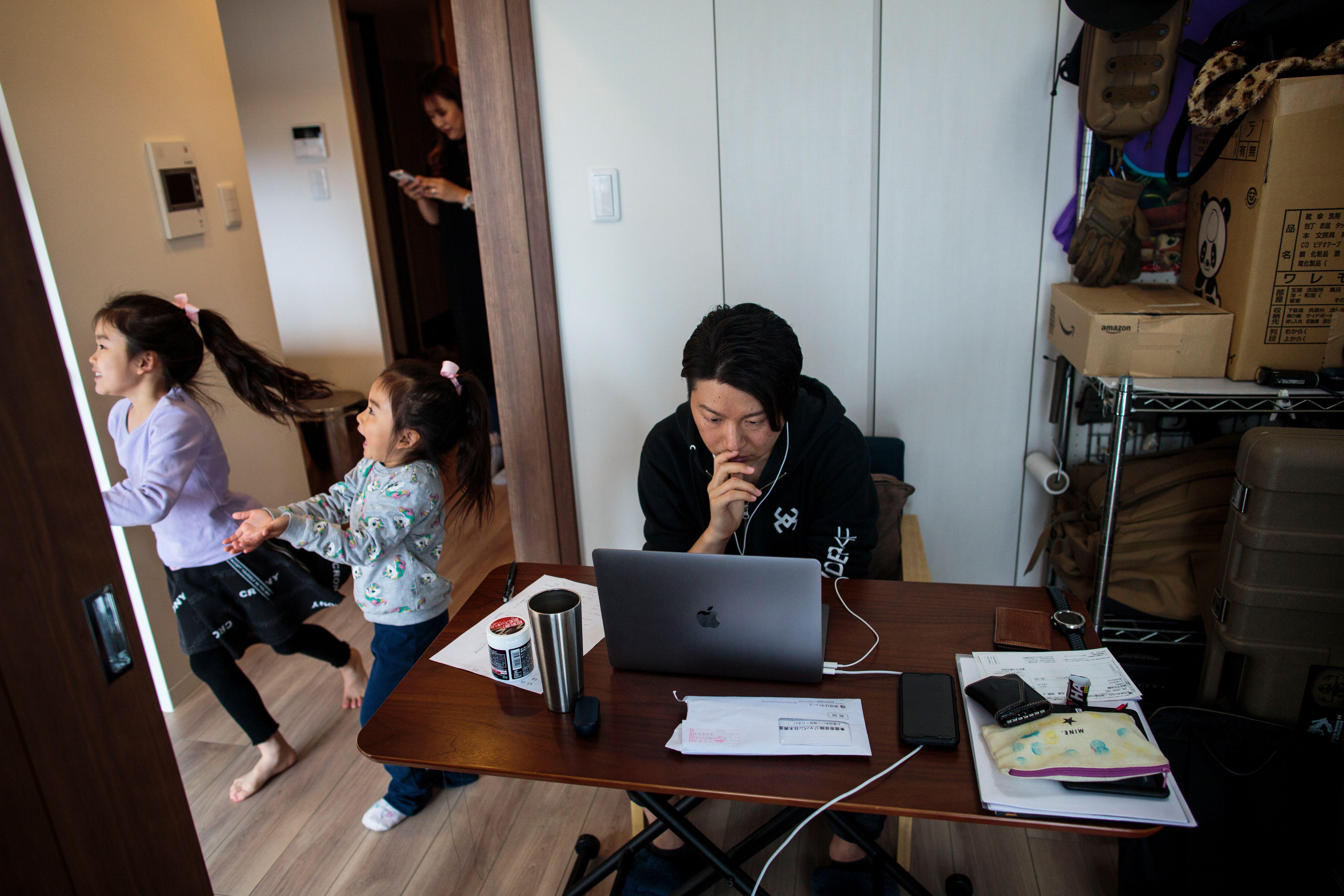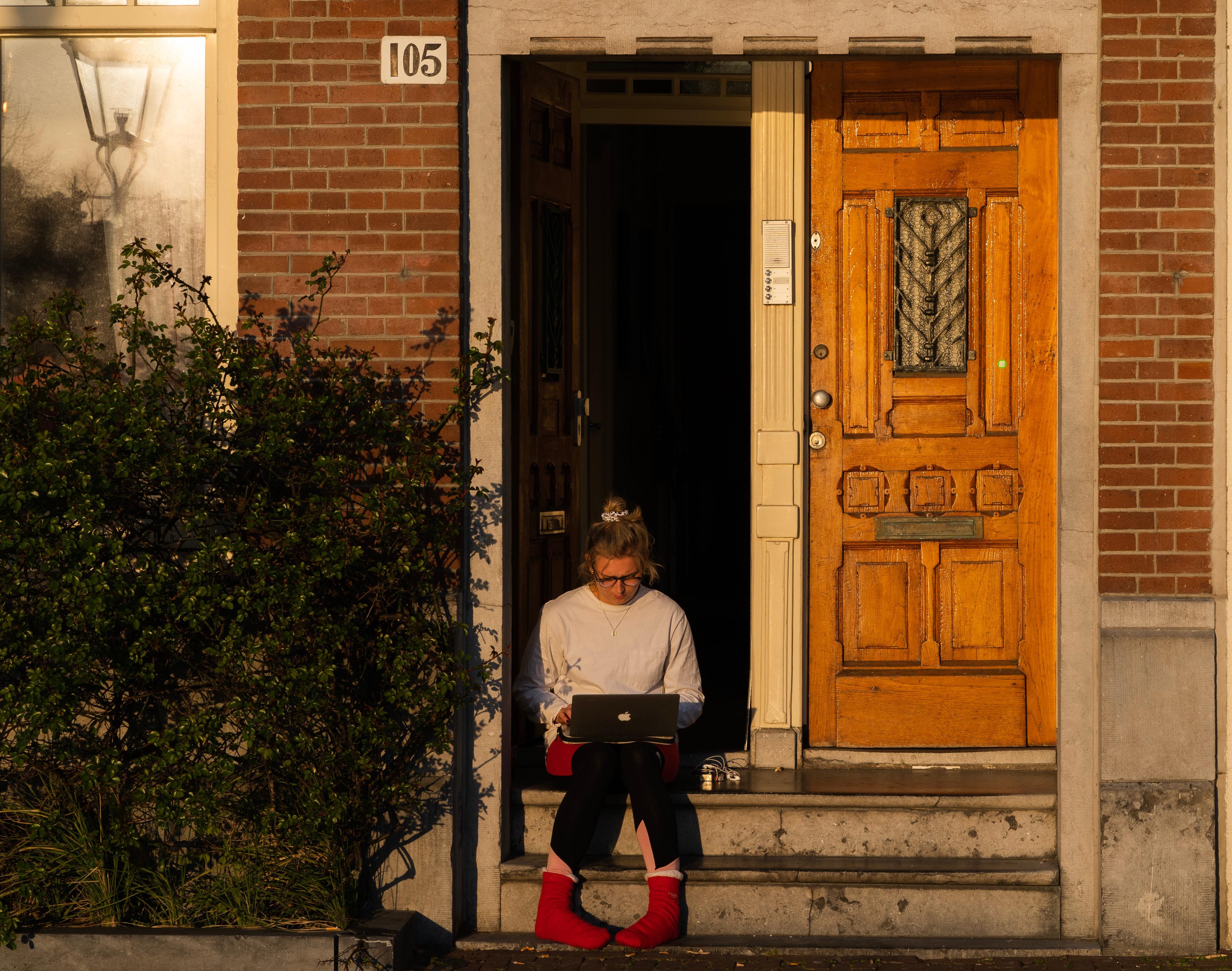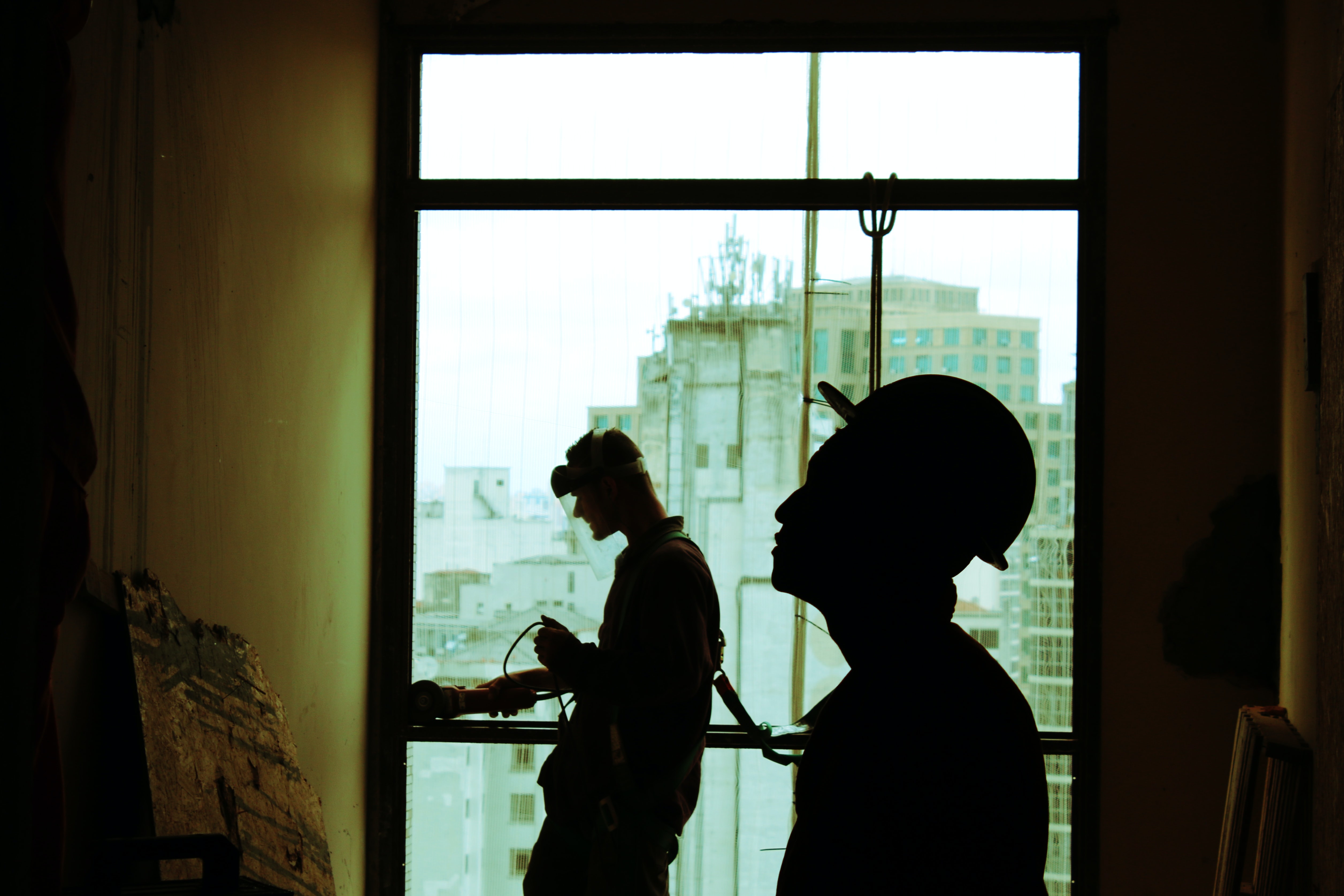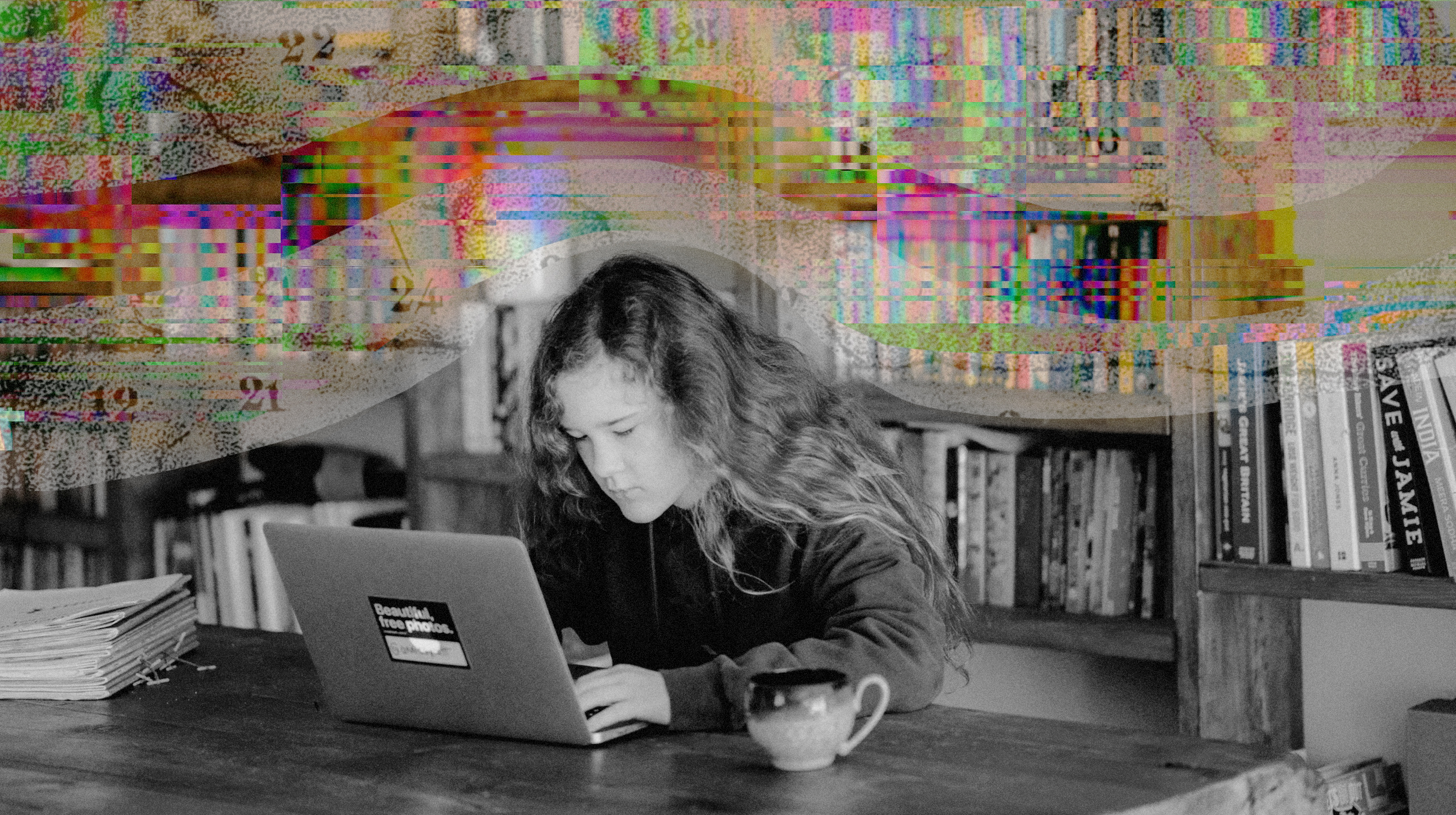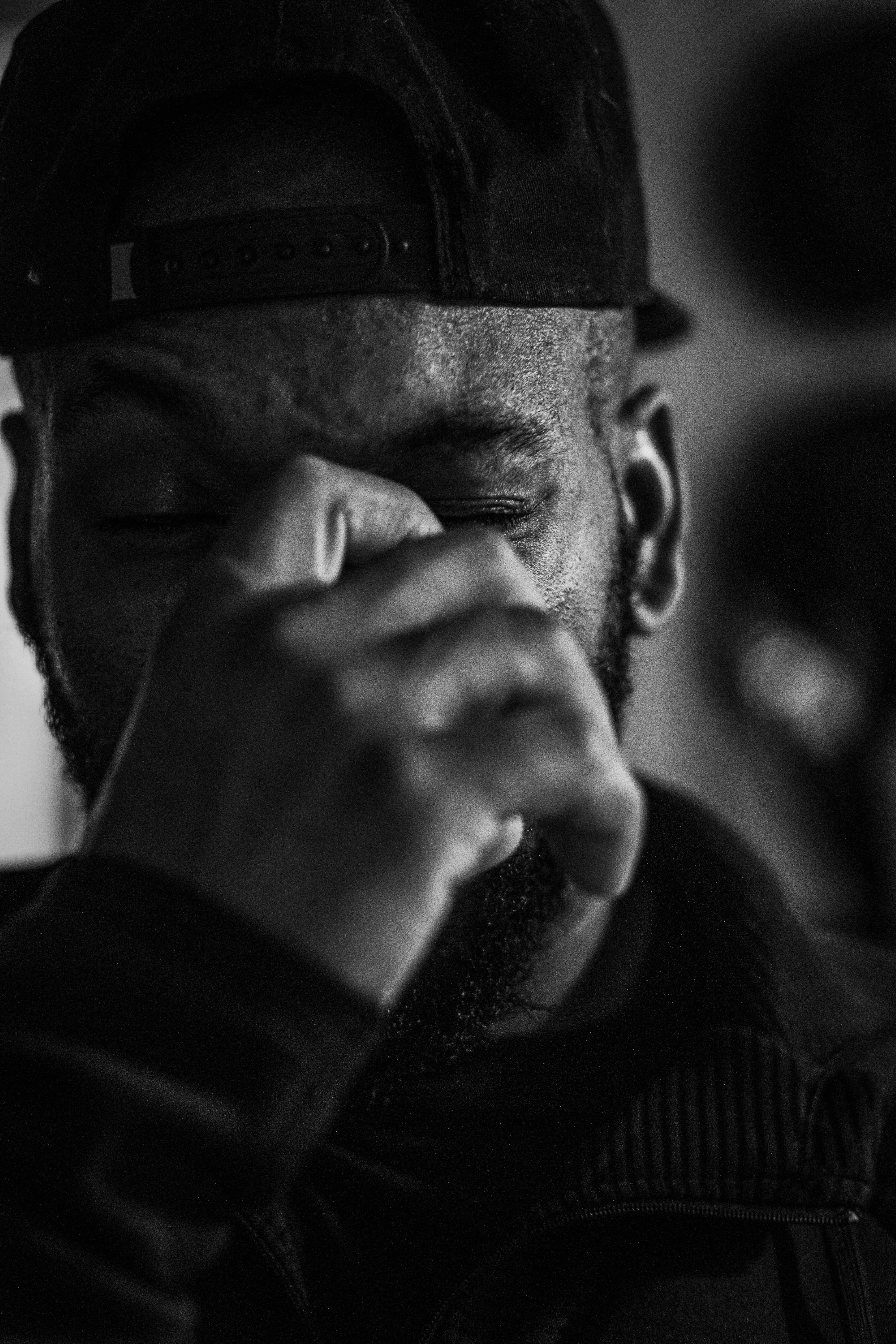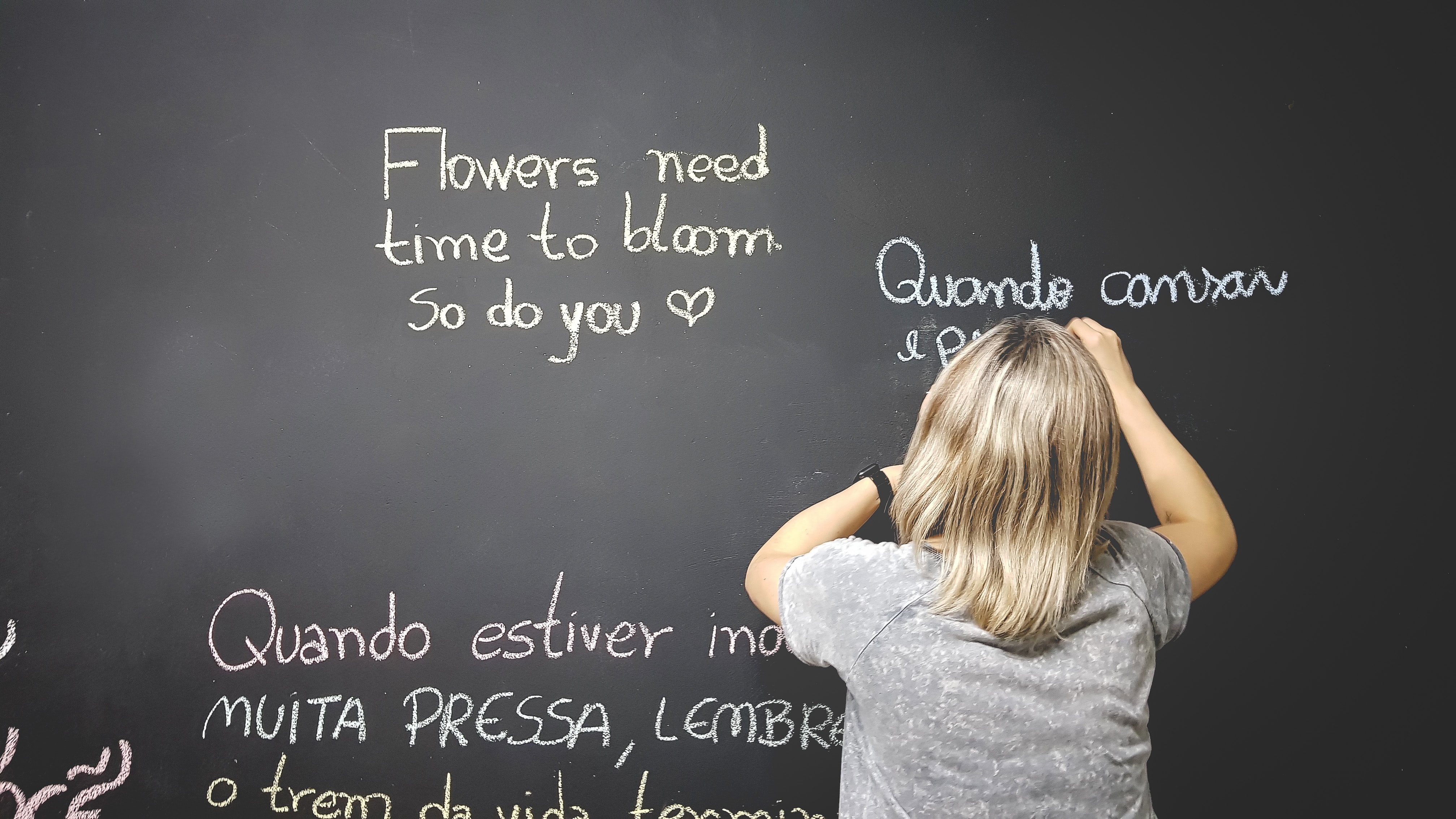productivity
Everyone has pondered what they would do with an extra hour a day. Would they get more sleep or spend more time with family? Spend time on a side project […]
A year of disruptions to work has contributed to mass burnout.
Problem-solving skills are in demand. Every job posting lists them under must-have qualifications, and every job candidate claims to possess them, par excellence. Young entrepreneurs make solutions to social and […]
Many workers moved home on the promise or hope that they’d be able to keep working remotely at least some of the time after the pandemic ended.
Take your story from beginning to end with expert guidance.
The author of ‘How We Read’ Now explains.
More than 70% of college students procrastinate
It’s not the caffeine; it’s the people.
The best time to start was yesterday, the second best is now.
Schools have become captivated by the idea that students must learn a set of generalized critical-thinking skills to flourish in the contemporary world.
Erin Meyer explains the keeper test and how it can make or break a team.
▸
6 min
—
with
Here are 5 ways to make your workplace better and your workforce happier.
Innovators don’t ignore risk; they are just better able to analyze it in uncertain situations.
Six in 10 people say poor mental health impacts their concentration at work.
Teaching your child metacognitive techniques can improve their learning and life skills.
Big Think’s co-founder and CEO, Victoria Montgomery Brown, offers six pieces of advice to founders in her forthcoming book.
We’re all guilty of it, but there are ways to curb your procrastination and be more productive.
▸
13 min
—
with
Research suggests we need to create a new kind of work-life balance to prevent burnout while working from home.
Don’t worry about grammar rules at first. They’ll only trip you up.
▸
3 min
—
with
Could better teaching practices make paying attention easier for everyone?
Sometimes not looking forward to something helps you get it done.
Taking preventive measures and investing in positive mental health can impact productivity, company culture, and staff turnover.
It may be easiest when you’re young, but the proven benefits of learning a new language at any age cannot be ignored.
How can you use new tools, techniques, and technologies to rethink your personal productivity and enhance your future self?
▸
with
Your morning coffee is good for you – if you drink it at the right time.
When everyone knows and plays their role, it helps the team operate at a higher level.
▸
4 min
—
with
Should humans fear artificial intelligence or welcome it into our lives?
▸
3 min
—
with
How you think about your work alters your relationship to it.
▸
3 min
—
with
Music, journaling, and spending time with your pets are all science-backed ways to boost mental health during stressful times.
Simple tricks for hacking back your device.
▸
2 min
—
with

